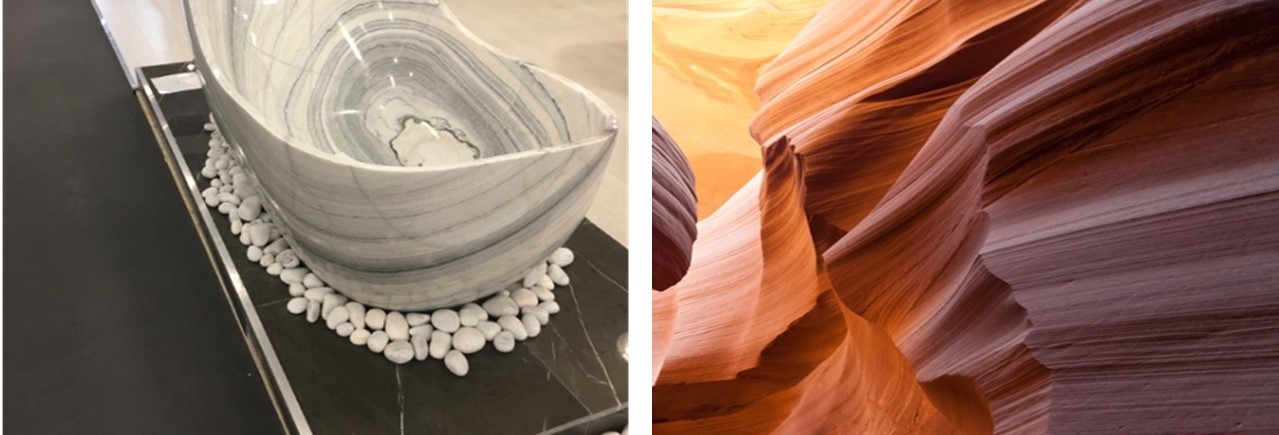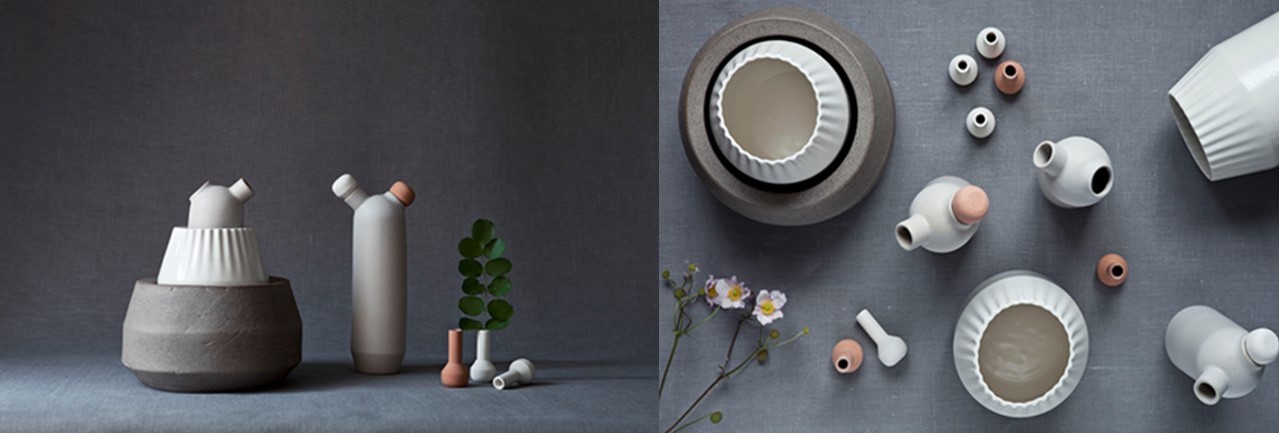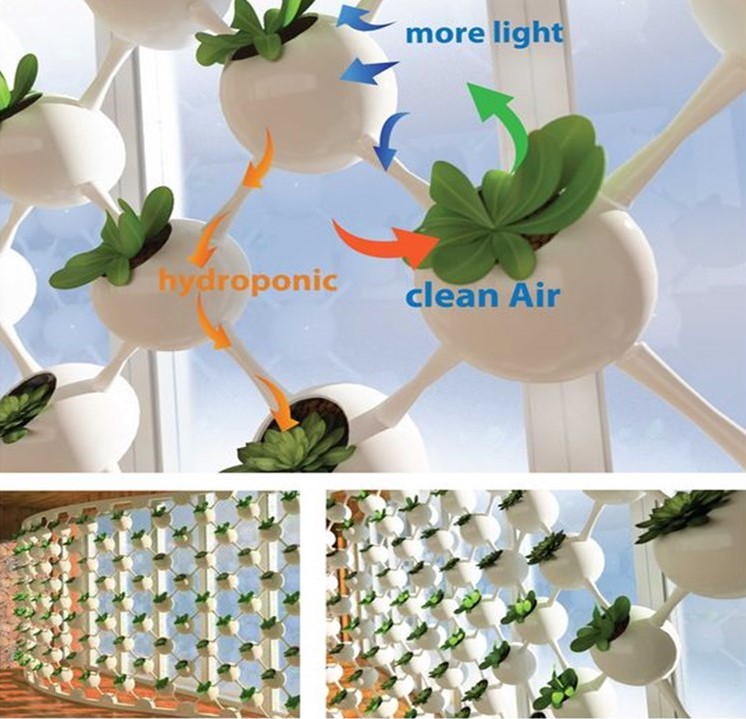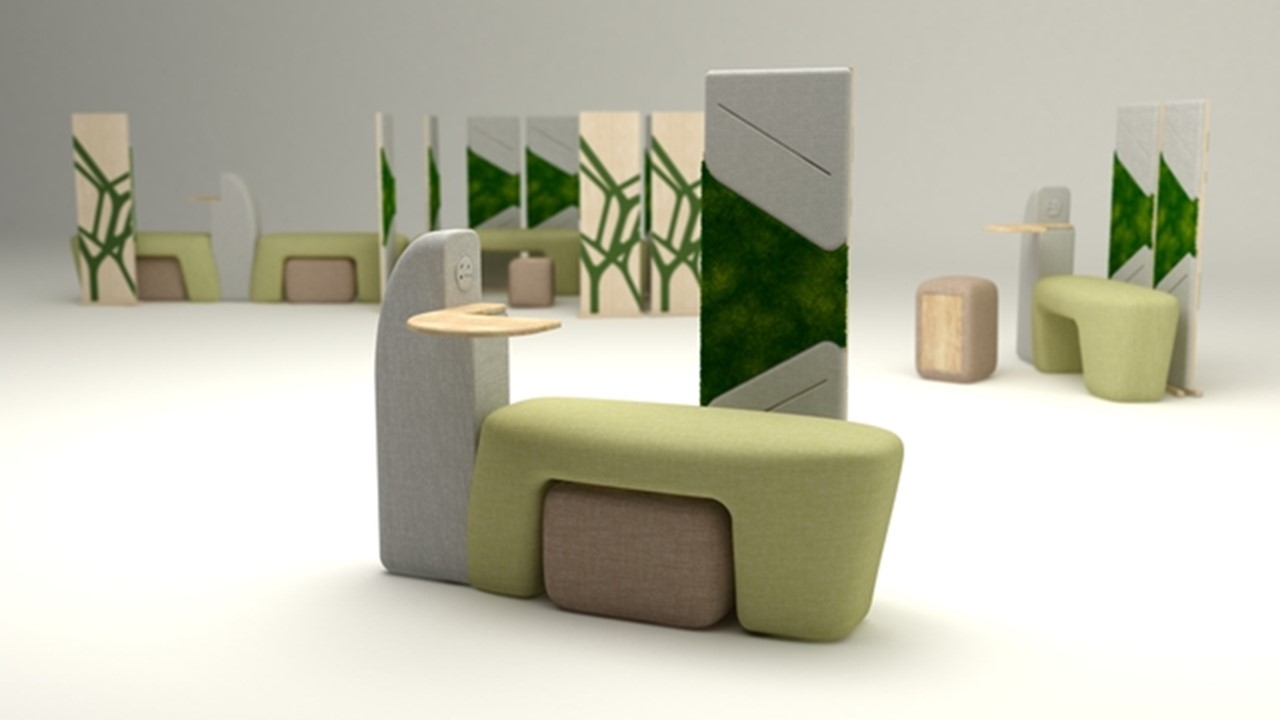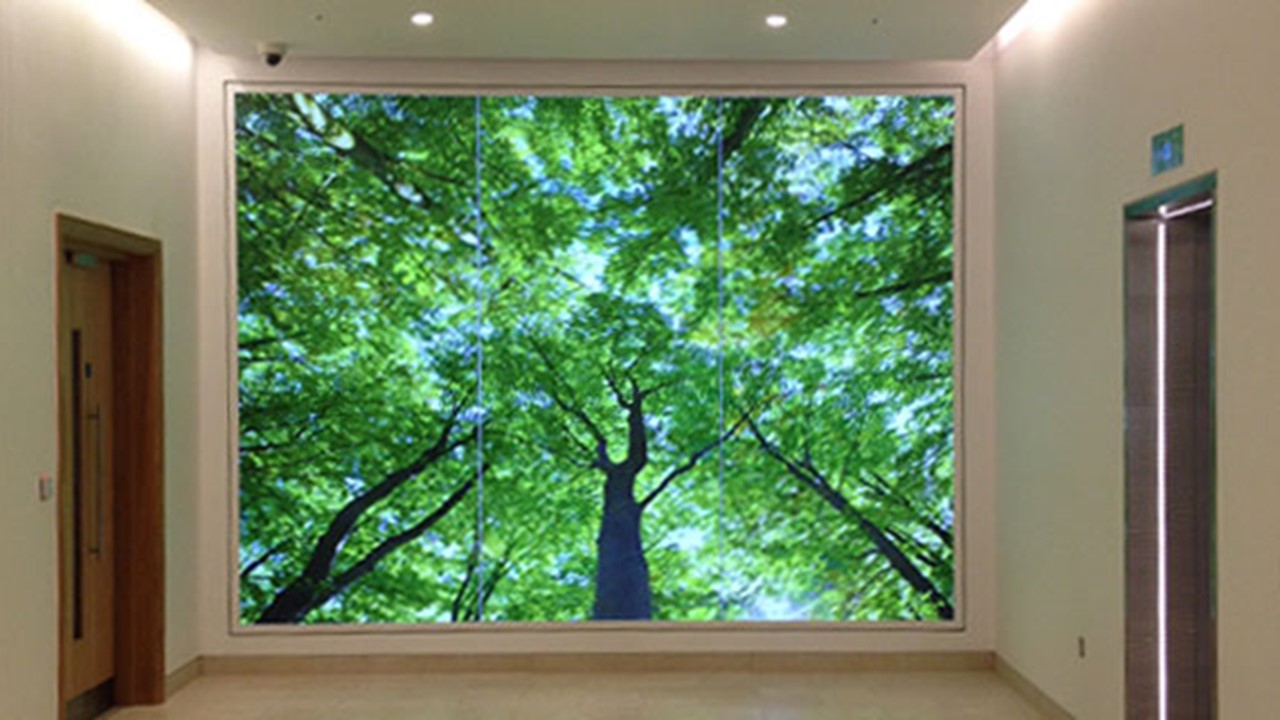Image: Per Boicel, Chelsea Flower show.
The word biophilia means love of living things and you’re about to start hearing a lot more of it. Nature design makes us feel good because people are born with the connection to nature. Biophilia is not a trend; it is a fact that makes us feel good. Trends fade over time but the good feeling that nature creates doesn’t. Increasing interest to biophilia and biofilic design makes it juist easier to bring knowledge forward. It creates an illusion of a trend and biophilia is going to have an increasing influence on interior design and architecture.
For this months “We know today what people love tomorrow” -post we interviewed the Horticulturist in Landscape Design Per Boicel with 30 years of experience in the area. As he designed gardens he developed a deeper curiosity in to the relationship between humans, nature and the positive effects of Biophilia. He studied horticulture therapy and the healing effect nature has on human’s physical and mental health. Later he was mentored by the well-known colour psychologist Angela Wright to understand the connection between colours and emotions. In today’s post we will be discussing on Biophilic and Organic Product Design and explain them through pictures.
In nature, you can’t find 90-degree angles and rectangles.
When observing product designs, I can see its becoming more organic. From mobile phones to automobiles to public buildings, the trend is most evident in the shapes we create. In nature, you can’t find 90-degree angles and rectangles. Biophilic and organic design is letting go of sharp edges in favor of natural shapes that curve and flow.
Image: Per Boicel
The Italian bath tub in marble in picture below has the natural flow of a rock pool at the sea side. Where the sea waves have created a cavity in a piece of rock. The cobbles at the base give a sense of sea side environment, which evokes the human response to sea and beach.
Image: Per Boicel 100% Design London PIXABAY
When choosing colours in biophilic design, options are often taken from natural environments. Using a colour scheme that represents the local natural environment creates a sense of belonging through attachment to place.
Picture from Stoft.
These ceramics are an excellent way of designing the different steps plants have during a growing season.
Organic Design is more than Shape
In nature, there is no such thing as static conditions. Colours and temperature change from hour to hour and season to season. These changes are connected to the condition of the surroundings; spring colours are different to autumn colours. Morning colours differ from evening colours.
Image: Pinterest
This green curtain is using plants to follow the changes in nature. They grow by time and the colours are changing from a brown tone in the winter to light green in the summer. It also produces oxygen and removes carbon oxide from the indoor air.
Image: Adam J Rowe
The seating that you see in the picture above is designed around the user as an organic being. How ever you sit move or work, the design is made to adjust. This is not typical design where the user must adapt to the seating. It is Biophilic Soft Seating design for BA Furniture and Product Design at Nottingham Trent University.
So, what is Good Biophilic Design?
Biophilic design is the designing for people as a biological organism
Biophilic design must nurture a love of place.
Good biophilic design draws from user experience.
It is vital for a designer to understand a project’s design intent (Read more)
These sitting rings in the picture may not be the most practical example of organic design. However, I choose to present them because they attract the visitors to sit on them (innate connection), which means the biophilia effect in design worked.
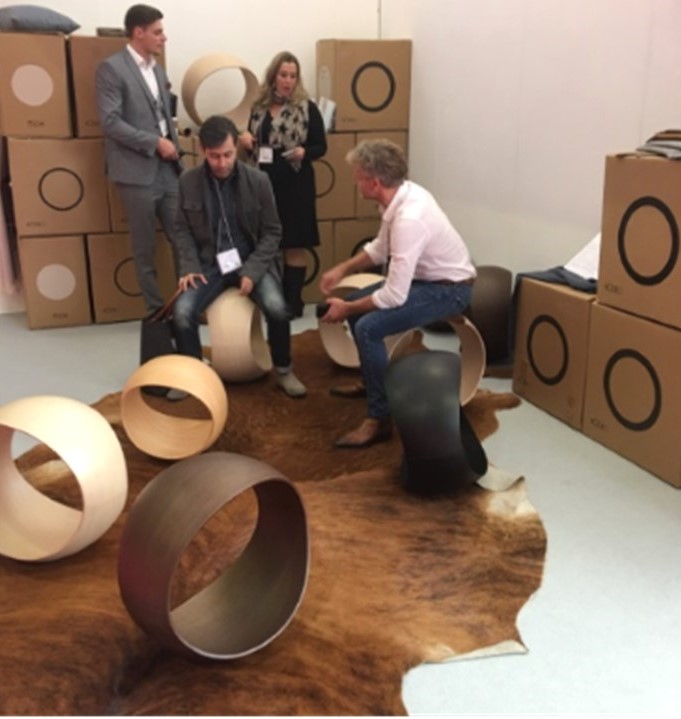
If Biophilic design is intent to Physiological Health and Well-being it can also be called mood management. To create a healing effect both physical and mental for the user. Good biophilic design is to create spaces that are healthy and restorative, yet integrative with the functionality of the place.
Imagine a world where hospital patients heal faster, schools where children’s test scores are higher, offices where workers are more productive and communities where people are happier and healthier. What if I tell you that this is all possible? Read more from here.
We want to thank Per Boicel for his time and opening the door into the fascinating world of biophilia.


